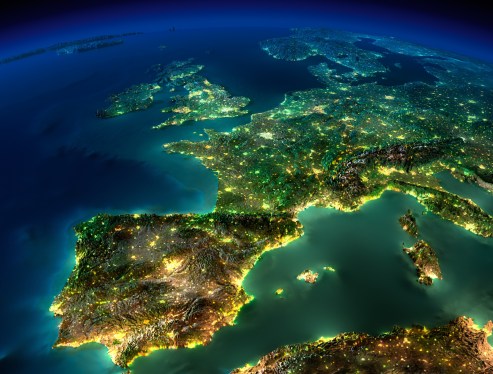Artificial Intelligence (AI) and Geoscience may seem like disparate fields at first glance. One is steeped in the world of algorithms and computational models, while the other delves into the study of Earth and its many phenomena. However, when these two fields intersect, the results can be nothing short of revolutionary.
The Advent of Large Language Models (LLMs)
One of the most transformative developments in AI in recent years has been the advent of Large Language Models (LLMs). These are AI models designed to understand, generate, and engage with human language in a way that is remarkably similar to how humans do. They are trained on vast amounts of text data, learning patterns, structures, and nuances of language that enable them to generate coherent and contextually appropriate responses.
The K2 Language Model, a large language model specifically designed for geoscience, represents a significant leap forward in the application of AI to geoscience. LLMs have found applications across a wide range of domains, from customer service chatbots to automated content generation, and even in aiding scientific research by summarizing complex papers or generating hypotheses.
The K2 Model: A Foundation for Geoscience Knowledge Understanding
The K2 model, with its impressive 7 billion parameters, is a foundation language model designed specifically for geoscience knowledge understanding and utilization. It has been fine-tuned with the GeoSignal dataset, which provides a comprehensive overview of geoscience concepts, theories, and applications.
The GeoSignal Dataset: A Comprehensive Overview of Geoscience
The GeoSignal dataset is a vast collection of geoscience-related text data, including research papers, articles, books, and online resources. It has been carefully curated to provide a comprehensive overview of geoscience concepts, theories, and applications.
The GeoBenchmark: A Yardstick for Progress in AI-Geoscience
The GeoBenchmark is the first geoscience benchmark, designed to provide a clear and objective measure of how well an AI model is performing in the context of geoscience. It serves as a yardstick for progress, guiding future development and ensuring that AI models are accurate, reliable, and effective.
Experiments with the K2 Model
The results of experiments conducted using the GeoBenchmark have been promising. They demonstrate that the K2 model, fine-tuned with the GeoSignal dataset, is capable of generating high-quality, contextually appropriate responses to geoscience queries. This is a significant step forward in the application of AI to geoscience, opening up new possibilities for research, exploration, and understanding.
The Seismic Impact of AI-Geoscience
The development of the K2 model, the GeoSignal dataset, and the GeoBenchmark represents a seismic shift in the field of geoscience. By harnessing the power of AI, we are opening up new avenues for understanding and interacting with our planet.
Future Developments and Opportunities
The future of AI in geoscience is bright. As we continue to refine and develop models like K2, we can expect to see even more sophisticated applications, greater accuracy in predictions, and deeper insights into our planet’s processes.
Conclusion: The Next Frontier
We are standing on the brink of a new frontier in geoscience. The intersection of AI and geoscience is not just a meeting point of two fields; it’s a launching pad for a new era of exploration and understanding. For those interested in exploring this exciting field further, I recommend delving into the original research paper: ‘Learning A Foundation Language Model for Geoscience Knowledge Understanding and Utilization’.
Recommendations
- Explore the K2 model and its applications in geoscience
- Learn more about the GeoSignal dataset and its role in fine-tuning the K2 model
- Understand the GeoBenchmark and its significance in evaluating AI-geoscience models
References
https://paperswithcode.com/paper/learning-a-foundation-language-model-for-geoscience
https://github.com/davendw49/k2






